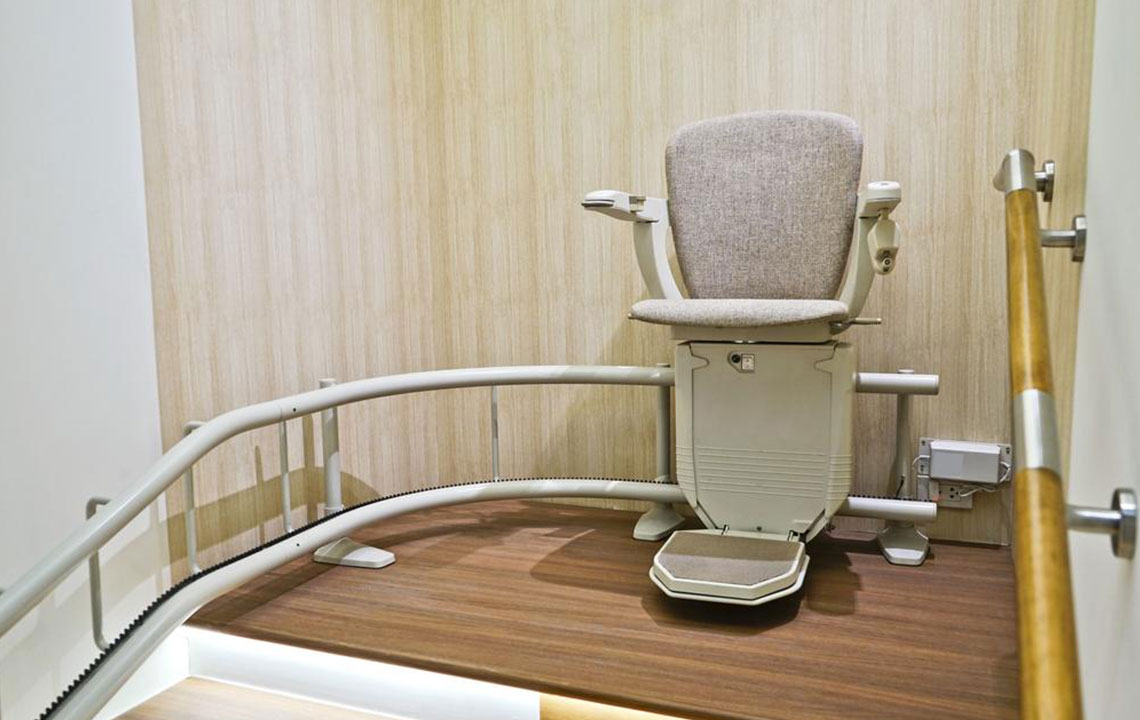Comprehensive Guide to Caring for Family Members with Disabilities
This comprehensive guide offers practical tips for caring for family members with disabilities. It covers effective communication, home safety, medical support, emotional well-being, and self-care strategies to help caregivers provide high-quality support while maintaining their own health. Essential for families seeking to improve their caregiving skills and create a safer, more supportive environment for their loved ones.

Comprehensive Guide to Caring for Family Members with Disabilities
Providing care for a family member with a disability is both a rewarding and demanding responsibility that requires patience, compassion, and practical knowledge. As a caregiver, you may often feel overwhelmed or unsure about how to best support your loved one while also maintaining your own health and well-being. This detailed guide aims to equip you with essential tips and strategies to improve the quality of care, foster a supportive environment, and navigate the emotional challenges that come with caregiving.
Caring for someone with a disability involves a multifaceted approach that integrates communication, safety, medical support, emotional well-being, and self-care. Implementing these strategies can significantly enhance your loved one’s quality of life and help you find balance in your caregiving role.
Effective Communication is Key
Clear and honest communication forms the foundation of effective caregiving. It's crucial to foster an environment where your family member feels comfortable expressing their needs, preferences, and concerns. Engage them in conversations about their care plan, and involve them in decision-making processes whenever possible. This not only builds trust but also empowers them to participate actively in their own well-being.
Using simple language, active listening, and patience enhances understanding and cooperation. If your loved one has cognitive impairments or speech difficulties, consider alternative communication methods such as picture boards, sign language, or speech therapy. Showing empathy and respect during interactions helps strengthen your relationship and ensures they feel heard and valued.
Creating a Safe and Accessible Living Environment
Safety is a top priority when caring for someone with a disability. Homes should be adapted to minimize risks and maximize accessibility. Modifications might include installing ramps instead of stairs, adding grab bars in bathrooms, and removing tripping hazards like loose rugs or clutter.
Ensure pathways are clear and wide enough for mobility aids such as wheelchairs or walkers. Adequate lighting and safety barriers prevent falls and accidents. Additionally, installing safety devices like smoke alarms, carbon monoxide detectors, and emergency alert systems can enhance safety, especially for individuals with cognitive impairments.
Regularly inspect the home environment to maintain safety standards and adapt as your loved one's needs evolve.
Maintaining Constant Contact and Monitoring
Depending on the level of your loved one’s mobility and independence, it may be beneficial to establish monitoring systems. For caregivers working outside the home or away, technologies such as user-friendly smartphones, security cameras, motion sensors, or medical alert devices can provide peace of mind. These tools enable you to keep an eye on your loved one's safety and respond promptly to emergencies.
Regular check-ins, whether through phone calls, video chats, or in-person visits, are essential. When direct contact isn't possible, these monitoring systems ensure continuous oversight and quick response times to any potential issues. Developing a routine for contact helps establish stability and reassurance for both you and your loved one.
Seeking Professional Support and Assistance
While family caregivers provide vital support, professional assistance can significantly improve your loved one’s quality of life. Hiring healthcare providers such as physiotherapists, occupational therapists, or personal care aides can help address specific needs like mobility training, medication management, or daily personal care.
Therapists and mental health professionals can support emotional well-being, especially if your loved one faces depression, anxiety, or cognitive decline. Coordinating with healthcare providers ensures that your family member receives consistent, comprehensive care tailored to their unique condition.
In some cases, enrolling your loved one in community programs or daycare centers designed for individuals with disabilities can provide social interaction and structured activities, easing your caregiving burden while enriching their life experience.
Attending Medical Appointments with Diligence
Frequent medical appointments are an integral part of managing a disability. Accompany your loved one to all healthcare visits, ensuring that you understand their condition, treatment plans, and medication schedules. This participation is especially vital if they have cognitive challenges or mental health issues, as it helps clarify instructions and ensures nothing is overlooked.
Prepare a list of questions before the appointment, and keep records of past and current treatments. If needed, advocate for your loved one’s care by discussing concerns with healthcare providers and ensuring they receive appropriate follow-up and support.
Staying engaged with the medical team fosters a proactive approach to managing health and prevents complications through early intervention.
Organizing Enriching Activities to Promote Well-being
Engagement in recreational and social activities plays a crucial role in maintaining mental health and overall happiness. Plan activities that match your loved one’s interests and abilities, such as arts and crafts, music therapy, gentle exercise, or outdoor outings. These activities can boost mood, foster social connections, and stimulate cognitive functions.
Keeping your loved one active and engaged can prevent feelings of loneliness and depression, especially after injury or illness. Tailor activities to avoid frustration and ensure they are achievable, setting realistic goals for participation.
Ultimately, a vibrant and stimulating routine enriches their daily life, promotes independence, and contributes to emotional resilience.
Prioritizing Self-Care for Caregivers
Providing care for a family member with a disability is emotionally and physically demanding. It’s essential to recognize that your well-being directly impacts your ability to offer quality support. Setting boundaries, seeking emotional support from friends, family, or caregiver groups, and taking regular breaks are vital steps to prevent burnout.
Practice self-care routines such as exercise, hobbies, meditation, or simply taking time for rest. Don’t hesitate to ask for assistance or respite care services when needed. Maintaining your health and emotional stability ensures you can continue to provide compassionate and effective care in the long term.
Remember, caring for yourself is not a luxury but a necessity to sustain your caregiving journey.
In conclusion, caring for a family member with a disability requires a comprehensive approach that balances safety, emotional support, medical assistance, and self-care. By fostering open communication, creating a secure living environment, utilizing professional resources, and prioritizing your own well-being, you can significantly enhance your loved one's quality of life and foster a positive, supportive caregiving experience.





